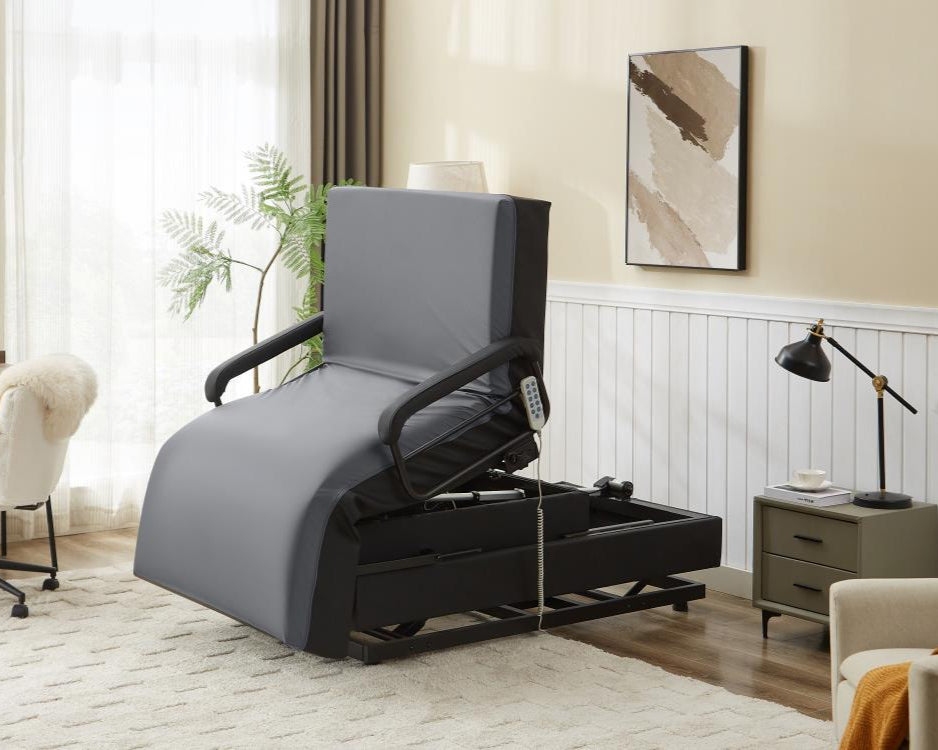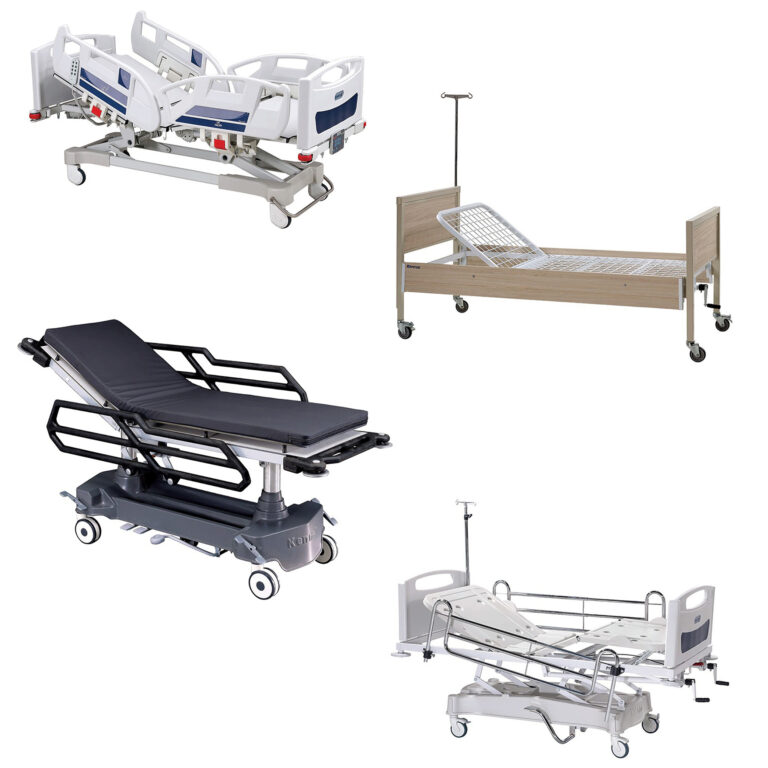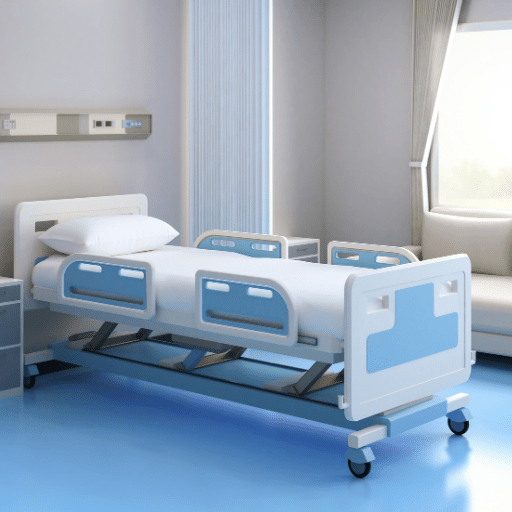The Main Principles Of Hospital Beds For Home Use
Table of ContentsThe 20-Second Trick For Hospital Beds For Home UseThe Buzz on Hospital Beds For Home UseHospital Beds For Home Use - The FactsThe 9-Minute Rule for Hospital Beds For Home UseHospital Beds For Home Use Can Be Fun For EveryoneOur Hospital Beds For Home Use PDFsThe smart Trick of Hospital Beds For Home Use That Nobody is Discussing
There are three primary types of medical facility beds: guidebook, semi-electric, and fully-electric. Nonetheless, more kinds of clinical beds exist and they are provided below. These beds use hand cranks to adjust the bed's height and increase and lower the head and the foot. Hand cranks are typically located at the foot of the bed and require an individual that is physically capable of operating.
Semi-electric beds have an electric motor to raise and lower the head and foot portions of the bed (hospital beds for home use). Full-electric beds have an electric motor that can raise the head and foot areas of the bed as well as the whole elevation and positioning of the bed.
What Does Hospital Beds For Home Use Do?
Some models can additionally move right into even more positions, such as the Trendelenburg (tilt) placement. There are several sorts of health center beds, each created to satisfy details person demands. Right here are some common types: This is the most typical sort of hospital bed, made for basic clinical usage. It has a manual or electrically adjustable headrest, footrest, and elevation.
Lower to the ground than a standard bed. This kind of bed is designed for bigger clients, with a bigger frame and greater weight ability than a typical bed.
This kind of bed is made for critically unwell people who need open surveillance and specialized clinical equipment such as ventilators and infusion pumps. This sort of bed is created for usage during labor and delivery, with flexible placements and features to sustain the mother and infant throughout the birth procedure.
Getting The Hospital Beds For Home Use To Work
Numerous feature and the accessories do broadening grip to different components of the vertebra and the extremities without moving the body. These are just a couple of instances of the sorts of health center beds available. The details kind of bed made use of will certainly rely on the patient's condition, clinical demands, and other variables.
Below is the important things you need to recognize. A one-function health center bed is a clinical bed that enables a patient to relocate only the head or foot area up or down. A 2 feature healthcare facility bed typically describes a kind of clinical bed that has 2 adjustable features to assist patients in healthcare facilities or care centers.

The Basic Principles Of Hospital Beds For Home Use
A 7-function ICU bed is a kind of clinical bed that provides several adjustable features to support seriously sick individuals in an intensive care unit (ICU) (hospital beds for home use). The seven features usually include: Back-rest change: The backrest can be adapted to different angles to aid the patient stay up or rest comfortably
Elevation modification: The bed can be increased or decreased to make it much easier for individuals to get in and out of bed, and for caregivers to offer care. Trendelenburg position: The whole bed can be tilted to promote blood circulation and circulation in the body. Reverse Trendelenburg position: The bed can additionally be tilted in the opposite direction to promote blood circulation and circulation in the upper body.
While even more economical than electrical models, these beds require exertion for changes. The primary benefits of hand-operated beds are their price and integrity, as they do not rely upon electrical power. The need for hand-operated initiative can be a restriction in situations where quick changes are essential or where caregivers face physical obstacles.
The Ultimate Guide To Hospital Beds For Home Use
Semi-electric medical facility see this beds use an equilibrium of manual and electric controls. These beds offer a suitable middle ground between handbook and totally electrical options, offering ease of usage without the full expense of electric models.
Semi-electric beds are well-suited for people that need moderate changes to the head and foot sections but can manage without frequent elevation adjustments. This makes them an economical option for those looking for comfort and comfort without the need for consistent repositioning. Totally electric medical facility beds include electrical controls for smooth modifications to the height, head, and foot areas.
Specialty hospital beds, such as ICU beds, long-term treatment beds, and bariatric beds, are very carefully made to resolve certain medical needs. These beds use tailored look after diverse patient groups, enhancing both end results and comfort. In the following areas, we will certainly discover the primary sorts of specialty medical facility beds, describing their details advantages and applications.
With years of experience in manufacturing electric direct actuators - hospital beds for home use and close partnership with the medical care sector, TiMOTION is well-positioned to offer trusted medical care options. Our up and down incorporated business handles every step of the manufacturing process, from layout to actuator assembly, guaranteeing we deliver phenomenal worth and customized solutions tailored to your specific needs
The Facts About Hospital Beds For Home Use Uncovered

To read more regarding integrating these innovations right into your products, contact us today. More analysis:.
Data is sourced from the Medicare Cost Report.

Things about Hospital Beds For Home Use
A medical facility bed is a bed made particularly for clinical purposes. It is not just a location for individuals to rest, however likewise a system for clinical procedures. Unlike normal home beds, hospital beds typically like it have adjustable functions, which can facilitate medical team to make various adjustments according to the requirements of people, such as transforming the height, inclination, and assistance angle of the back and legs of the bed.